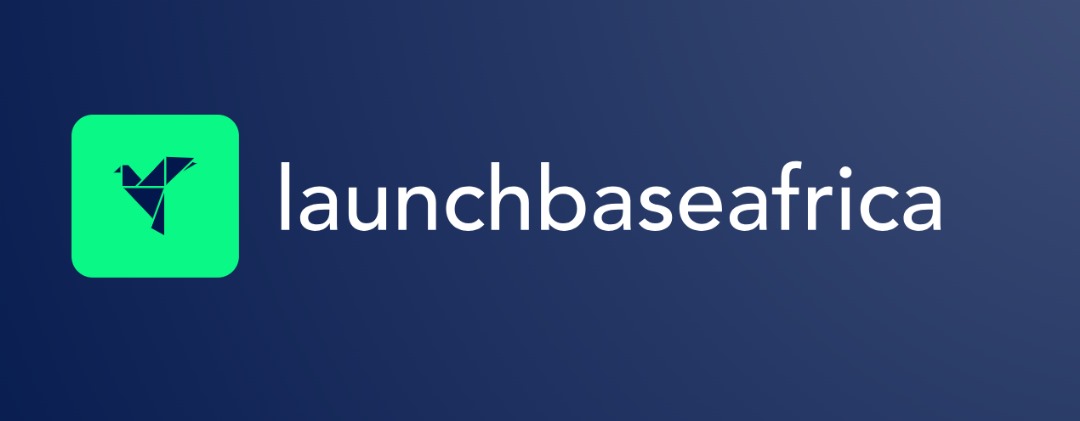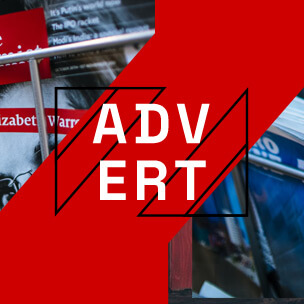With a goal of boosting the sector’s contribution to GDP to 6% by 2030, the Egyptian government is rolling out a series of reforms designed to lure foreign capital away from more established mining destinations. The main sales pitch will be delivered by Petroleum and Mineral Resources Minister Karim Badawi at the upcoming African Mining Week in Cape Town, but the core of the strategy is a tech-driven promise: a mining license in 20 days.
For an industry notorious for its glacial bureaucracy and red tape, that’s a bold claim.
A Digital Fix for an Analogue Problem
The centrepiece of Egypt’s charm offensive is the Track License Portal, a unified electronic platform launched as a pilot in June 2025. The idea, so the story goes, is to create a single digital window for investors to submit applications and receive approvals, neatly sidestepping the mountains of paperwork and inter-departmental shuffling that can stall projects for months, if not years. The government claims this digital one-stop-shop will cap the license issuance time at a maximum of 20 days.
To complement this, a dedicated Digital Mining Platform is planned for later in 2025, intended to serve as a marketplace where investors can browse prospective mining opportunities. It’s all part of a broader digitalization push aimed at bringing a dose of transparency and efficiency to a historically opaque sector. The underlying message to investors is clear: we know your time is money, and we’ve built an app for that.
Rewriting the Rulebook
Tech is only part of the story. Cairo is also busy restructuring the institutional framework that governs the industry. A 2025 law has spun off the Egyptian Mineral Resources Authority into a newly independent body, the Mineral Resources and Mining Industries Authority (EMRA).
In theory, this gives EMRA greater financial and managerial autonomy to operate with more commercial sense, manage its own budget, and invest in infrastructure without waiting for a nod from the central government. For investors, the hope is that an “independent” EMRA means a more predictable and less politically influenced partner, capable of cutting red tape rather than creating it.
Fiscal Regime Overhaul
Perhaps the most significant change is the move away from the country’s old profit-sharing agreements — a model often viewed with suspicion by international firms — to a more globally standard royalty and tax-based system. The Model Mining Exploitation Agreement (MMEA), introduced in 2023, lays out a clear and, Cairo hopes, competitive fiscal framework.
The terms are refreshingly straightforward:
- 5% government net smelter royalty on revenue
- 22.5% corporate tax rate
- 15% government financial net profit interest
- 0.5% community development contribution
Crucially, the MMEA also allows companies to recover up to 50% of their investment costs through tax deductions over seven years. This new financial clarity appears to be working, having already attracted or deepened investment from major players like Centamin and Barrick Gold.
The real test will come at the African Mining Week conference from October 1–3. Minister Badawi’s fireside chat, titled From Policy to Practice, will be closely watched. Investors will be listening to see if the 20-day license is a concrete reality or just a well-marketed ambition.


